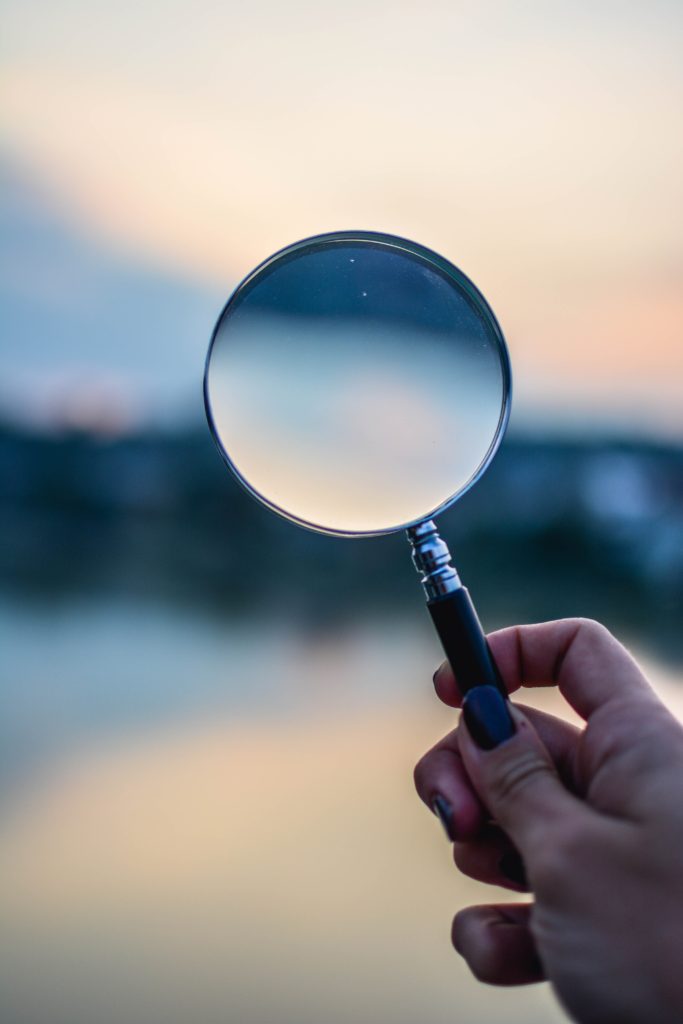“Bik, a microbiologist from the Netherlands who moved to the United States almost two decades ago, is a widely lauded super-spotter of duplicated images in the scientific literature. On a typical day, she’ll scan dozens of biomedical papers by eye, looking for instances in which images are reused and reported as results from different experiments, or where parts of images are cloned, flipped, shifted or rotated to create ‘new’ data”
Helen Shen. “Seeing Double”. Nature, 14th May 2020. https://media.nature.com/original/magazine-assets/d41586-020-01363-z/d41586-020-01363-z.pdf Accessed: 17th June 2022.
Elisabeth Bik has gained recognition by the scientific community for her incredible work in flagging up and reporting potential problems in images presented in research papers. Nearly every day, she reports images with suspected problems on her Twitter account, which has over 60,000 followers. However, as she pointed out, not all the problems she identified mean that a paper is fraudulent. There can be cases of honest mistakes made by a research team. Still, other cases have revealed a clear intention from the researchers to manipulate those images to fraudulently confirm their hypotheses. This is where the real problem of scientific integrity evolves. Once Elisabeth Bik detects a potential concern about an image in a journal paper, she reports it to the editor. Unfortunately, it often takes several months, sometimes even years, for journals to act over the suspicion and issue an expression of concern about the papers, for example. In the meantime, such papers continue to be cited among the scientific community. Her work as a whistleblower has led to admiration and respect, but also some criticism from members of the scientific community.
Click here if you want to learn more about Elisabeth Bik’s work on detecting image manipulation and her efforts to report these issues to journals.
● What are your views about Elisabeth Bik’s work?
● How would you differentiate between honest mistakes and image manipulation?
● Do you think there should be policies for protecting people reporting cases of scientific misconduct (i.e. whistleblowers)?
● How do you think journal editors should respond when they are told of suspected problems in research images?
● Do you think artificial intelligence should be used to analyse the integrity of images during the peer-review process?
You are welcome to share your views about this case and engage in a discussion with others.

